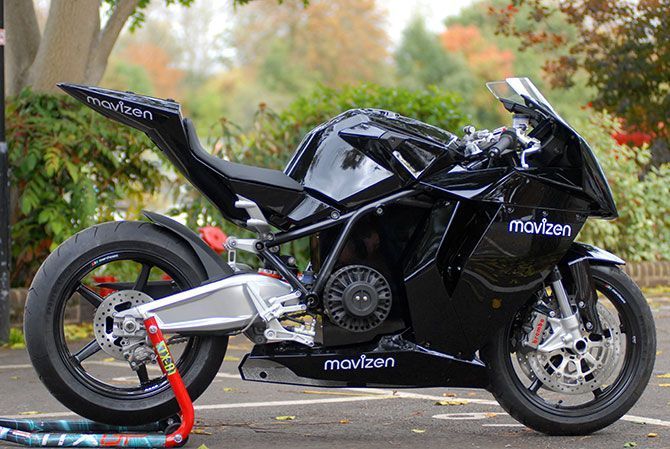Future of Electric Superbikes in India
Modified On Oct 30, 2018 By Sameer Sheikh
- 9015 Views
- Write a comment

With the growing emphasis on environment-friendly technologies in the automobile industry, it’s no surprise that two-wheelers are also heading towards this direction. Presently in India, electric two-wheelers are not much appreciated due to their limited speed, range and not so good performance. The electric motor has been available for ages, but it was quite difficult to squeeze the electric motor and its battery in the motorcycle. With time, the battery technology has been improving and now electric bikes seem to be a reality.
First Electric Superbike in India

Earlier in 2014, Japanese two-wheeler and three-wheeler manufacturer, Terra Motors launched an electric superbike. Christened as Kiwami, the electric motor of this motorcycle is claimed to produce litre-class like acceleration. This eco-friendly superbike was introduced with the price tag of around Rs. 18 Lac (ex-showroom, India), which marked the arrival of an entirely new segment in the country. It takes 6 hours to get completely charged and can cover a distance of 200kms and is capable enough to reach a top speed of 160kmph. The company also claims that the motorbike is a complete-hand-built product with state-of-the-art Japanese technology. The comparatively higher price of the Kiwami and the demerits it came with led to its failure in the country.
Challenges Indian EV industry is facing

First and the foremost reason for the failure of such products in the country is the initial acquisition cost of an electric vehicle, which is way higher than a petrol vehicle. The second challenge is the limited range it covers. People feel that in conventional vehicles one is free to travel without worrying about refuelling, but with an electric vehicle, their range is limited to the amount of the battery charged. To overcome such issues, the Government has to take an initiative to provide charging infrastructure. The private companies are not willing to do the same due to the low revenue perspective.
Scope for Electric Superbikes in India
According to Sohinder Gill, Director SMEV (Society of Manufacturers of Electric Vehicle), electric vehicles are slowly gaining momentum in India, however, once there will be more than 1 million vehicles, the industry will take an exponential growth.
The industry has recorded 25% percent growth in the first quarter of the current fiscal year and the second quarter was slightly better with 30% percent increase. Earlier, the FAME India scheme did not cover the whole country, but now it has been changed slowly to cover the whole nation. Also, it was planned that all the petrol pumps will have charging points, but PESO (Petroleum and Explosives Safety Organisation) came out stating that it cannot be done and it will take a few more years to come up.
Apart from that, ‘Make in India’ campaign can also help the industry to boost, however, the success depends on the number of e-vehicles running on the road.
Technology we came across

In 2014, a Pune-based electric motorcycle maker, Tork Motorcycles revamped the Yamaha’s popular 150cc motorcycle, the FZ-16 with an electric drive train. The prototype was made to change the perception about EVs and to showcase the future of electric bikes which seems promising. To highlight the capabilities of an electric motor, the company electrified the FZ-16 by making it deliver the maximum power of 40bhp and a peak torque of around 60Nm. Other than the all new motor, rest of the parts including, the frame, suspension setup, brakes and body panels remain the same. When compared to the competition, the battery operated ‘Tork FZ’ takes 8.7 seconds to reach 0-100kms against the KTM Duke 200 and Stock FZ-16 that require 9.1 and 18 seconds respectively to do the same. As of now, it costs around Rs. 3.8 lakh to get electric drive-train fitted on the motorcycles. The 65 percent cost of the prototype is the cost of the battery pack. The only disadvantage is that the battery needs to be charged after running 40-odd kms at higher speeds while it can go up to 70-odd kms while on 40-50kmph speed.
Final Words
The future of electric superbikes looks promising in India, but the major factor that can lead to the success of such products is the cost it comes with. As said earlier, the majority of the price of such products depends on the cost of the battery pack. During last decade, these battery packs used to cost at least twice of the present price, which we believe will come down in the future. Lots and lots of technologies are coming every now & then to build the future of such products. In India, we are in real need of such products as these products are not just powerful but good for the environment, emission free and remain silent. Companies like ‘Tork Motorcycles’ and the schemes from the Government to power EV industry can prove to be handy in the coming days.
